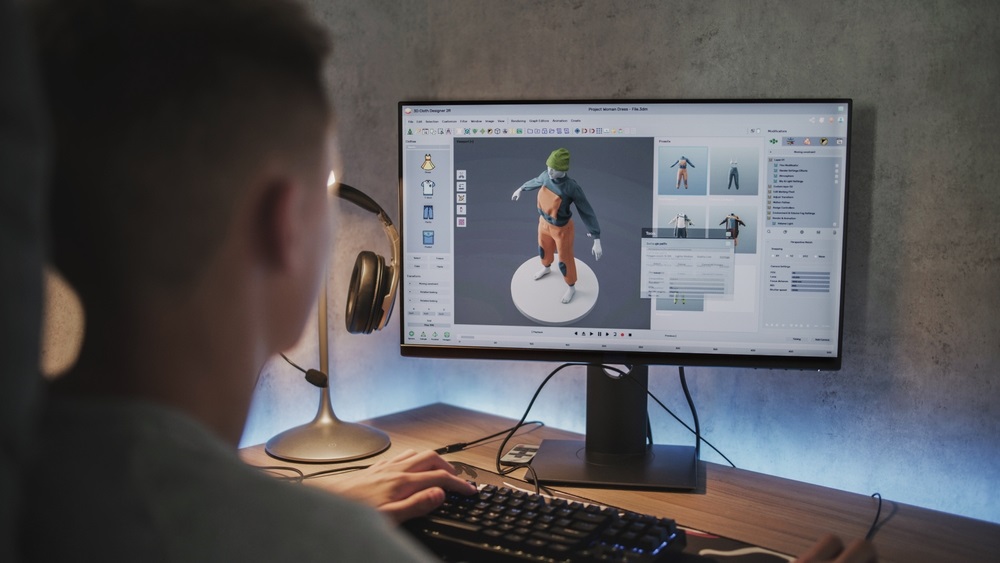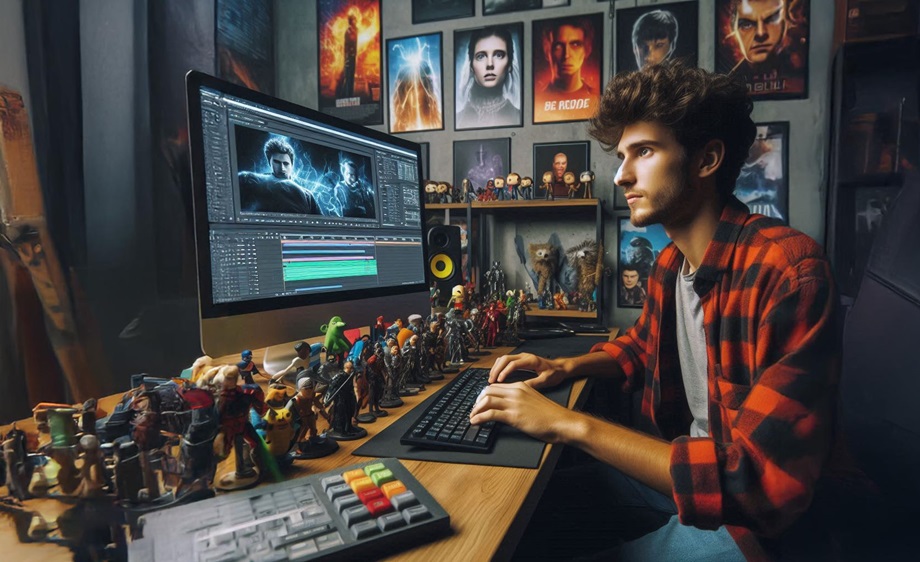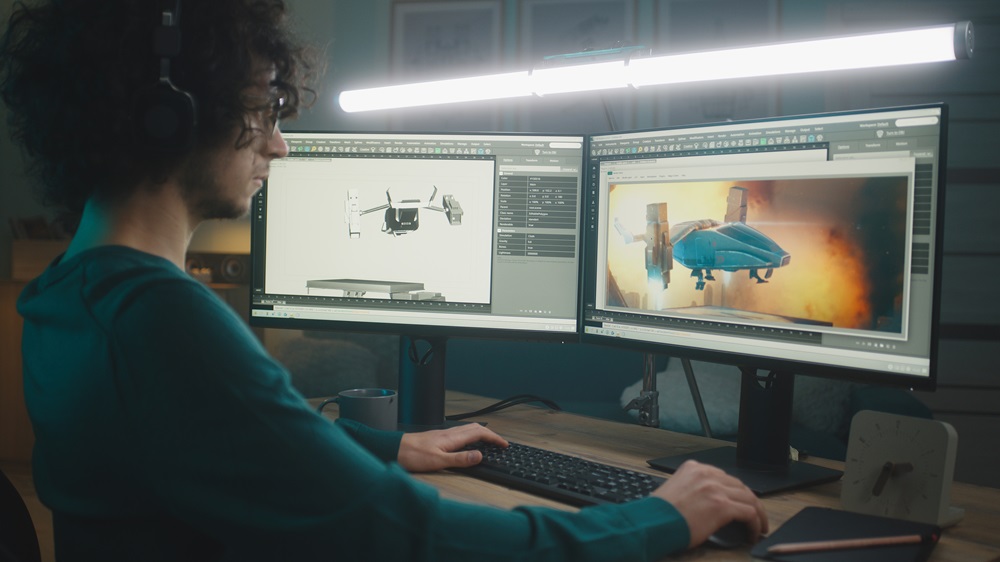The prominent nature of modernity and advanced technologies: they tend to spread their roots into every sphere of industries. The inevitable impact of 3D modeling and simulation is no exception. From small and medium to gigantic manufacturing companies, the implementation of 3D simulation is a modern phenomenon, aiding them to grow unconditionally.
- The 3D simulation software market will hit 26.9 billion by 2026. (Markets and Markets)
Whether it is automotive manufacturing or other kinds of product manufacturing, 3D modeling, and simulation play a vital role in the product design and development process. If we take the example of vehicle manufacturing space then it goes like this, this light vehicle production will reach almost 99 million by 2025. (Statista)
Without the interference of 3D modeling and 3D simulation breakthroughs, attaining such automotive manufacturing performance will remain a distant dream.
These days, manufacturers are aware of the fact that 3D modeling and simulation ensure a low-cost, secure, and prompt analysis for product design and manufacturing.
No other technology than 3D simulation and digital twin in manufacturing can offer this much potential for product design refining, reducing design-to-manufacturing cycle time.
Although large manufacturers are successfully leveraging 3D simulation to a great extent, SMMs (small and medium-sized manufacturers) are still struggling with it. They lack the level of expertise that it takes to build and validate a simulation model.
3D simulation allows manufacturers to
- Level up their performance
- Meet the daunting demands to launch new products
- Reduce costs and increase product quality simultaneously
It has become crucial for small to medium manufacturers to leverage advanced engineering tools like 3D simulation to stay competitive.
What is 3D Simulation in Product Designing and Manufacturing?
3D Simulation is the process of creating a three-dimensional virtual model of a product or system and then testing it in a simulated environment. So in the design and manufacturing space, three-dimensional simulation is the computer-based modeling of a real production system.
It allows manufacturers to assess the performance of a product or system before the final development. Product designers and manufacturers can identify potential problems in product design.
Hence, three-dimensional simulation is an essential tool in product manufacturing, as it allows manufacturers to test products and systems before they are built. It enables them to identify any potential problems and to make sure that the product or system will work as intended.
A 3D Simulation tool also holds value for marketing and sales, as it can help to create realistic images and videos of products or systems. Moreover, a company can use the technology to test parts to see how they will react in certain situations.
For example, a company could create a model of a part and throw it off the roof of a building to see if it will break. From product design, inventory management, and product assembly to transportation, simulation can prove beneficial for manufacturers. Product maintenance at the lowest cost is also possible with product simulation.
Implications of 3D Simulation for SMMs
By simulating how you will produce a product, you can give customers and internal teams a virtual view of the setup on the facility floor, what resources will be required, and the process flow. If you need to make a change, you can simply click and run a new simulated version.
By collaborating with customers, equipment vendors, and supply chain partners through simulation, you can reduce expenses and disruptions associated with legacy trial and error that often involve changing a factory line setup.
The day-to-day operation constrains the thought process of engineers. 3D simulation allows engineers to get a deep insight into how far they can push a system until the system breaks down.
For SMMs, simulation holds multiple implications:
- Refining system performance through supporting decision-making and training
- Advanced product design analysis
- Dealing with complex variables and product dynamics
- Concentrating on product design and operation details
- Clearing doubts around product/system functionalities and operations.
Three-dimensional simulation can aid SMMs to analyze many aspects of an operation, including:
- Layout: Routings, inventory, batch sizes, cycle times, control systems
- Identify system constraints
- Production changes: Incorporation of new productions, changes in demand pattern, changes to product mix, schedule, and sequence
- System performance: Throughput, capacity, productivity, maintenance, reliability
Augmented and Virtual Reality in Manufacturing
Attaining a Detailed View of Manufacturing Operations
3D simulation has become an integral part of the manufacturing process. It provides the manufacturers with a window to look deep into their processes. The technology allows engineers to learn more about errorless product design and manufacturing operations.
They can see the interaction of how one process impacts another that is impossible to see on a data spreadsheet. Three-dimensional simulation impacts the product design and manufacturing industry in the following ways:
Agile Development Process
The development of physical models gets hindered when the developers receive an urgent requirement to attend. Digital rendering can help them create products faster, and share them with clients across geographical barriers.
Sustainable Standards
Manufacturing companies can meet sustainable standards for their manufactured products through 3D simulation. When they can reduce the number of physical prototypes with simulation, the cost and waste will decrease automatically.
Precision and Quality
Three-dimensional simulation aids manufacturers bring precision and quality to the product design. It means It ensures quality product manufacturing with precision.
Effortless Design and Development
Product design development is usually a lengthy process that can take up a lot of time. It is a never-ending cycle of revising the design, ordering a new prototype for each major change, and waiting for it to arrive. 3D simulation makes it easier and time-saving to create designs, detect flaws, and develop product faster.
Wrapping up
To conclude, 3D simulation undoubtedly holds huge upfront expenses. But, it lowers manufacturing design and development costs overall. In addition, because of the three-dimensional simulation, the barriers of product design analysis, flaws detection, Etc., all fall down.
SMMs should initiate smaller projects and then dig deeper into the thorough simulation.
EDIIIE holds expertise in 3D modeling, simulation, and 3D animation providing endless support to a range of industries including design and manufacturing. Feel free to contact us for a detailed discussion on the efficacy and implementation of 3D simulation in the manufacturing industry.









